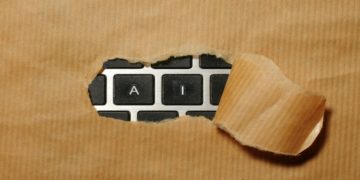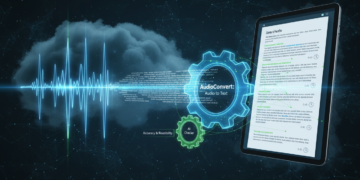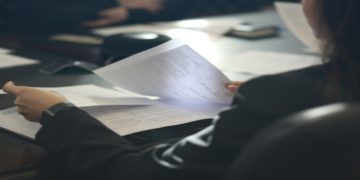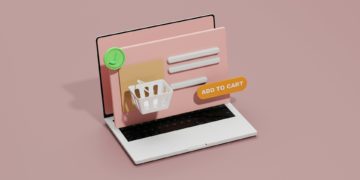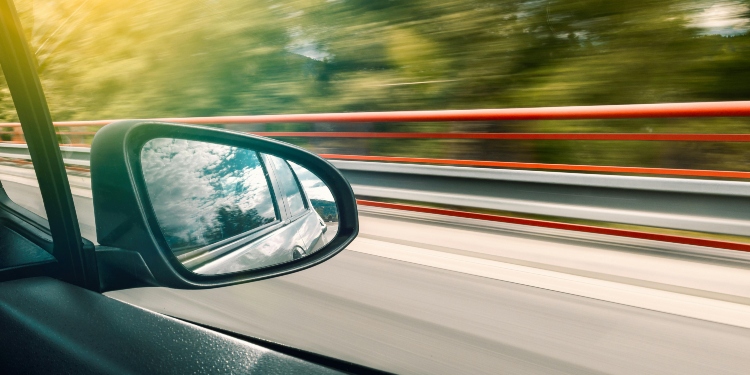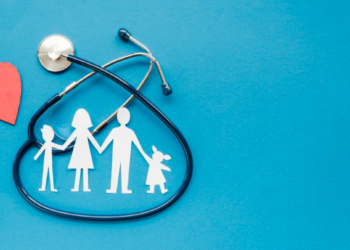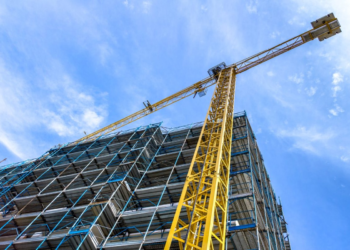Car accidents can happen in the blink of an eye, often leaving victims to navigate a complex process to seek compensation. With over 150,000 road traffic accidents reported across the UK annually, understanding the steps involved in claiming personal injury compensation is essential for those affected.
This article outlines the key procedures, from initial actions at the scene to reporting the incident, helping victims understand what to expect and how to proceed.
Understanding Personal Injury Claims After a Car Accident
When involved in a car accident resulting in injuries, victims may be entitled to claim compensation for their suffering, medical expenses, and other damages. Personal injury claims are legal processes that aim to establish liability and secure financial redress for those harmed due to another party’s negligence.
According to recent data, approximately 25% of road accidents involve injuries significant enough to require medical attention, emphasizing the importance of understanding how to navigate the claims process effectively. The personal injury clain procedure can often seem daunting, especially when dealing with insurance companies and legal considerations. However, knowing the general steps involved can help individuals approach their claim with confidence.
It’s worth noting that the legal scene surrounding personal injury claims in the UK has evolved, with online platforms like Mighty.com providing tailored guidance based on current regulations. These resources can assist claimants in understanding their rights and the procedural requirements, although consulting a legal professional remains advisable for specific cases.
Immediate Steps to Take Following a Car Accident
The moments right after a car accident are critical. Taking the correct actions can influence the success of a potential claim and ensure everyone’s safety.
Ensure Safety and Check on Others
First and foremost, assess your own condition and check if anyone else is injured. If it’s safe, move vehicles out of traffic to prevent further accidents. If injuries are apparent, call emergency services immediately.
Call Emergency Services
In the UK, dialing 999 for police and ambulance services is standard practice if there are injuries, significant damage, or if the accident involves criminal activity such as drink-driving. Even if injuries seem minor, it’s advisable to report the incident to have an official record.
Exchange Details
Gather essential information from the other driver(s): names, addresses, contact numbers, driver’s license details, and insurance policy numbers. It’s also helpful to note the make, model, and registration number of all vehicles involved.
Document the Scene
Using a smartphone, take clear photographs of the accident scene, vehicle damage, road conditions, traffic signs, and any contributing factors. These visual records can be invaluable later when establishing liability.
Seek Medical Attention
Even if injuries appear minor, visiting a healthcare professional is important. Some injuries may not be immediately apparent but can develop symptoms later. Medical records will also serve as vital evidence for the injury claim.
Notify Your Insurance Provider
Promptly informing your insurer about the incident is essential. Many policies have strict reporting deadlines, often within 24 hours or less. Providing accurate details early on can prevent complications or disputes.
Taking these steps immediately after an accident can significantly influence the outcome of any subsequent injury claim, making thorough documentation and prompt reporting key.
Gathering Evidence: What You Need to Support Your Claim
Once the initial emergency has been managed, collecting evidence becomes the foundation of any personal injury claim. Proper documentation can substantiate your account of events and demonstrate the extent of your injuries.
Photographic Evidence
As mentioned, photographs of the accident scene, vehicle damage, and any contributing factors are critical. Capture multiple angles, including skid marks, traffic signs, and road conditions. Photos taken promptly after the incident are more likely to be clear and relevant.
Witness Statements
If there are witnesses, gather their contact details and, if possible, ask for brief statements describing what they saw. Witness testimonies can corroborate your version of events and strengthen your case.
Medical Records and Reports
Seek medical attention as soon as possible and keep detailed records of all treatments received. Document symptoms, prescribed medications, and any recommended follow-up care. These records provide concrete evidence of injury severity and recovery progress.
Official Reports
Request a copy of the police report, which is usually filed after an accident involving injuries or significant damage. The report includes an officer’s assessment of the scene, witness statements, and initial findings about liability.
Correspondence and Receipts
Maintain records of all expenses related to the accident, such as medical bills, rehabilitation costs, and repair invoices. These documents facilitate calculating compensation amounts.
Using Online Platforms for Guidance
Resources online can help navigate the process and understand what evidence is necessary for a successful claim. Such platforms often compile checklists and tips based on the latest legal standards, making it easier for claimants to prepare their case.
In summary, meticulous evidence collection not only supports the claim but also helps to establish liability and quantify damages. Organized documentation can make the difference between a straightforward settlement and a prolonged legal dispute.
David Prior
David Prior is the editor of Today News, responsible for the overall editorial strategy. He is an NCTJ-qualified journalist with over 20 years’ experience, and is also editor of the award-winning hyperlocal news title Altrincham Today. His LinkedIn profile is here.




